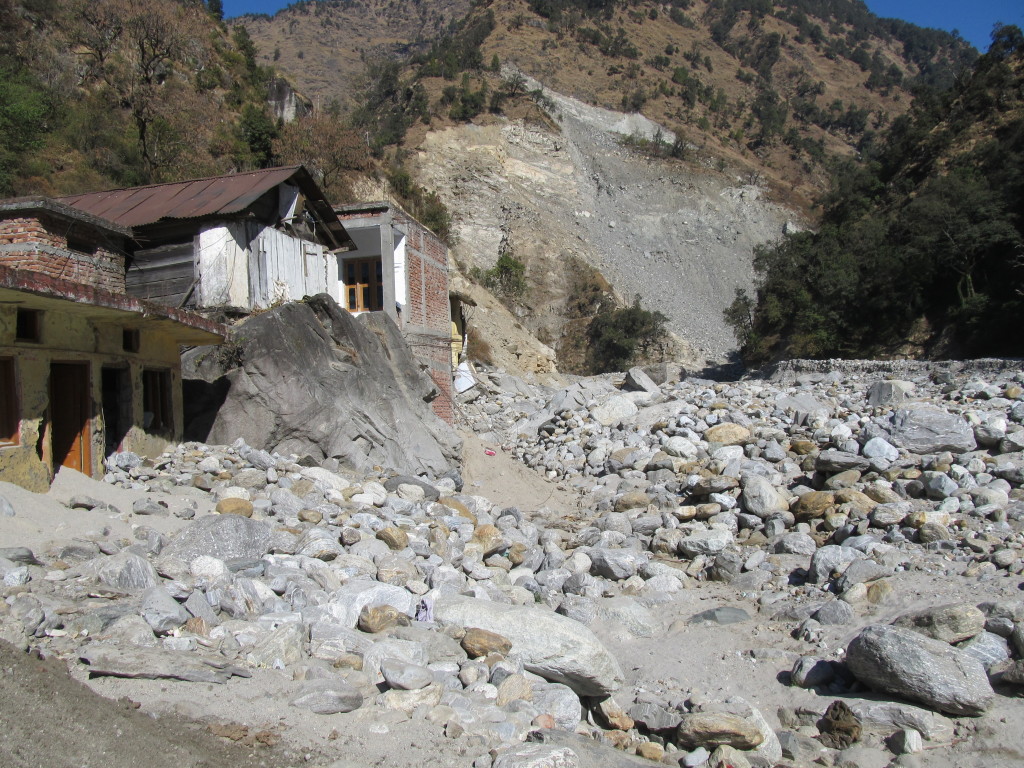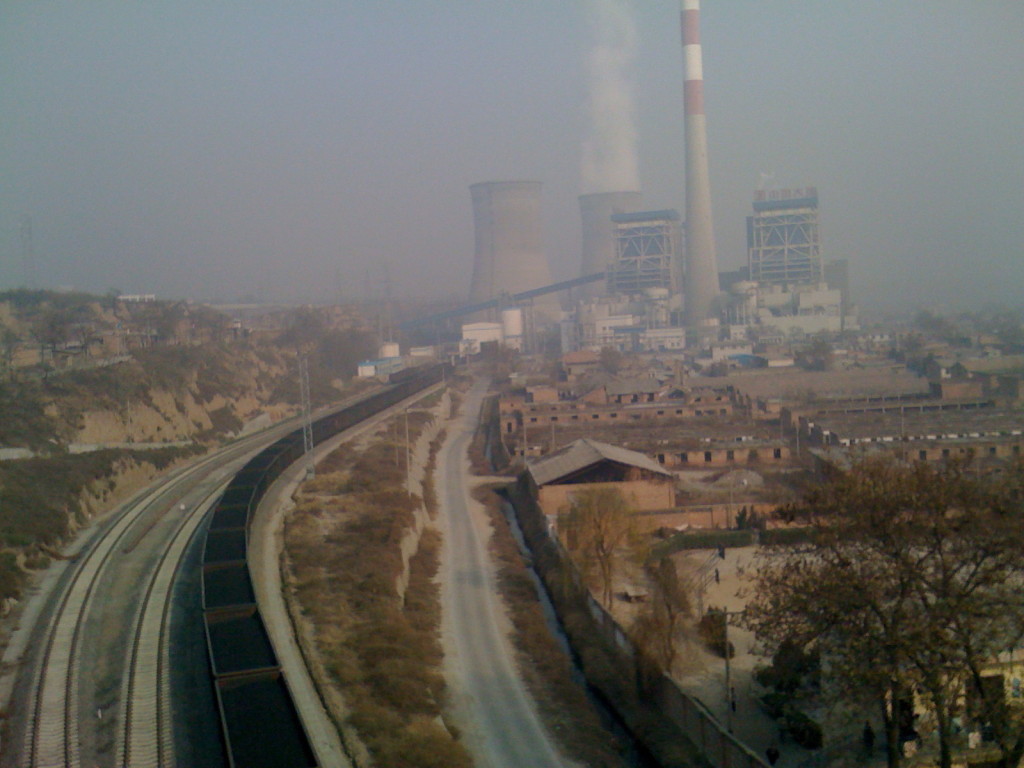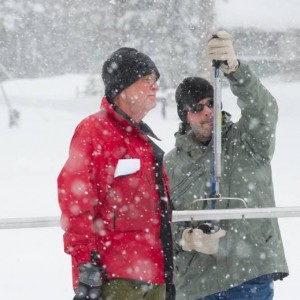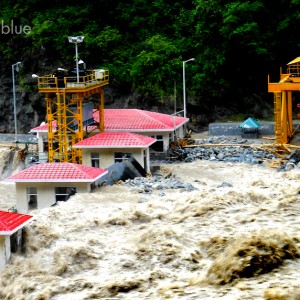Warnings — They Are So Easy To Ignore
An American landslide as a global metaphor.

WASHINGTON, D.C. — Reporting on a righteous disaster, one that unfolds in the various stages of direct impact, colossal damage, rising body counts, and fiercesome cost, always comes with the mandatory account of warnings issued and ignored. Ten days ago a mountain slope collapsed north of Seattle, unleashing a river of mud on a rural community, killing over 20 people and causing an estimated $US 10 million in damage to property. It is said to be one of the worst landslides in American history.
While visiting my mother in Manhattan over the weekend, she recounted these details and also noted: “You know, there were warnings. The people said they never got them.”
Aah. American landslide as global metaphor.
In the work to define accountability, I explained, the issued warnings and the culpability of local officials who did not deliver them is sure to be the stuff of courtroom testimony. But in the real world of Washington state or just about any other place in America, had those warnings actually been issued and gained attention they would have attracted nothing but political outrage.
Property owners in the hillside’s shadow would have pelted local officials with sharp rhetorical objects designed to shut off communication, preserve property values, and keep insurance costs down. Where was the scientific proof of an impending collapse, they would have asked. How could their local leaders put property values in such jeopardy? Nobody would want to invest in their land and homes if the claims of impending disaster persisted.
What about that 2006 partial collapse? See, it was no big deal. The hillside hardly moved.
And then it did — at the speed of a flood. A square mile of land at the hill’s bottom was covered in mud, in places 70 feet thick. That’s deep enough to entomb most of the missing.
The Snohomish County landslide occurred at the same time the United Nations Intergovernmental Panel on Climate Change released the latest of its scientific studies on the rising consequences of the Earth’s warming atmosphere.
As you’ve read here with magnifying urgency, the Earth is not playing around. It’s pushing back hard against industrial depredations, carbon pollution, population growth, and mismanagement of every kind.

In my work as senior editor and chief correspondent at Circle of Blue, I’ve reported on the results of this human foolishness, in effect the unmistakable warnings issued by planet Earth to its human residents.
In Australia, we reported on how a 12-year drought crippled the southern hemisphere’s largest rice industry, contributed to rising global grain prices, and influenced the outbreak of the Arab Spring uprisings in 2011.
In China, we reported on the mammoth coal-fired energy production that is pushing the atmospheric levels of carbon past the red danger zone, and also draining the country’s fresh water supply.
In the Arabian Gulf so much carbon-based energy is used to convert seawater to freshwater that it is a principal factor in why Saudi Arabia, the world’s largest oil exporter, could cease to be an oil exporter by the early 2030s.
In the United States, deep droughts have overtaken the food producing regions of California and Texas. Hurricanes have drowned New Orleans and New York City. Tornadoes kill more Americans year by year and cost billions. Deadly fires consumed much of Colorado Springs. A flood overwhelmed Boulder.
Tomorrow, here in Washington, I present the findings of our latest Global Choke Point project to an audience at the Wilson Center. Much of the presentation focuses on the lives lost, Himalayan communities destroyed, hydroelectric dams wrecked and washed away by a flood in India in June 2013 that also may have killed 30,000 people.
The Himalayan region’s changing hydrology — earlier and wetter monsoons — is the primary cause of the flood. But the convergence of India’s ambitious hydropower development in dangerous high Himalayan valleys, the rise of a Hindu religious tourist trade, and the cascade of warnings steadily ignored are the other top causes for the horrific damage.
How human beings react to warnings is a study in conflicting responses defined principally by how easy it is to respond.
We respond with alarm at potential risks. That’s because it doesn’t take much to react. The unknown and miniscule health risk of a part per trillion of some chlorine compound on fresh food is easy to resolve. Buy organic. The view that wind turbines can kill birds has made wind development more difficult than it should be in the U.S., particularly when so many opponents of wind power own cats, which kill 3.5 billion birds a year in this country. Want to save birds? Dramatically lower the cat population.
But warnings that are scientifically based and require responses that change behaviors are much less acceptable to human psyches. We’ve all built lives that we’re determined not to adjust very much. We like our homes, our places, our things, our lifestyles. We’ve invested emotionally and financially in securing our lives so we don’t have to change. We’re content to live with hazards, to a point.
Seems to me that we’ve reached that point with climate change. The United Nations is playing an indispensable role in issuing scientifically sound warnings of the consequences of climate change. The growing number of actual climate-related events just in the United States — a Washington landslide, two big American droughts, two drowned cities, ferocious forest fires, wicked tornadoes — provide eyewitness evidence of the rising costs of the changing climate.
Still, half of America remains unconvinced by these warnings. An entire American political party — and its supporters in the media and the fossil fuel industry — participate in a delusional, dangerous, and expensive frenzy of denial. The cost of changing how we fuel and power ourselves is too high, they argue. No need to worry.
At some point, perhaps very soon, a political leader will emerge who can articulate why such an argument makes no sense.
Science predicted the increasing intensity of storms, the more dire polar and glacial melting, the longer and drier droughts and fiercer fires.
Science and a select group of news organizations — Circle of Blue among them — is documenting the remarkable accuracy of those predictions in the US and globally. The toll to lives and property is rising. Ten million dollars and over 20 lives lost in a single Washington State landslide. Rising food prices and a drain on economic performance from droughts in Texas and California. Almost 2,000 lives lost, and $US 110 billion in damage from Hurricane Katrina in 2005. Almost 300 lives lost and $US 50 billion in damage from Hurricane Sandy in 2012.
The number of killer storms with more than $1 billion in damage is rising, even in such climate change-denying capitals like Oklahoma where tornadoes in May 2013 laid waste to communities, killed 24 people, and caused over $US 2 billion in damage.
Oklahoma’s Congressional delegation — ardent tax cutters, climate-denying, big-government haters, and you’re-on-your-own adherents of fiscal austerity — pleaded for federal taxpayer-supported big government disaster relief. Oklahoma’s tax-cutting, climate-change denying, big-government hating, you’re-on-your-own voters were only too happy to receive it.
So the lesson of the Washington landslide is that even if the warnings were issued people would have rejected them — until survivors brought them up in legal proceedings. That’s a scenario, applied to the fierce pushback we’re witnessing from planet Earth, that we can avoid if we’re courageous enough to make important changes in our high-energy, high-consumption, high-cost society.
More on that in later posts.
– Keith Schneider
Circle of Blue’s senior editor and chief correspondent based in Traverse City, Michigan. He has reported on the contest for energy, food, and water in the era of climate change from six continents. Contact
Keith Schneider









Unfortunately this is not an April fools report.
Thank you for pulling all this information together- I hope it will inspire and wake up more Americans to what we can begin now to do.We CAN cut back our consumption , and feel good about it, it is action we can take right now, not needing to wait for anyone in government. This can be a prime time to make the decision to reingage in our communities, cheer each other on in local efforts, be they alternative energy choices, helping neighbors and ourselves better winterized our homes, share rides, tools, errands, grow some of your own food, get a chicken. We can start right now to study this subject, be concerned and active when we see or hear our natural resources are being squandered for future generations. If anyone is feeling stuck on how to simplify their lives, try volunteering overseas for a few weeks in Africa or Asia, and see if you don’t come home inspired to be part of the change that needs to happen, for the whole world’s sake.